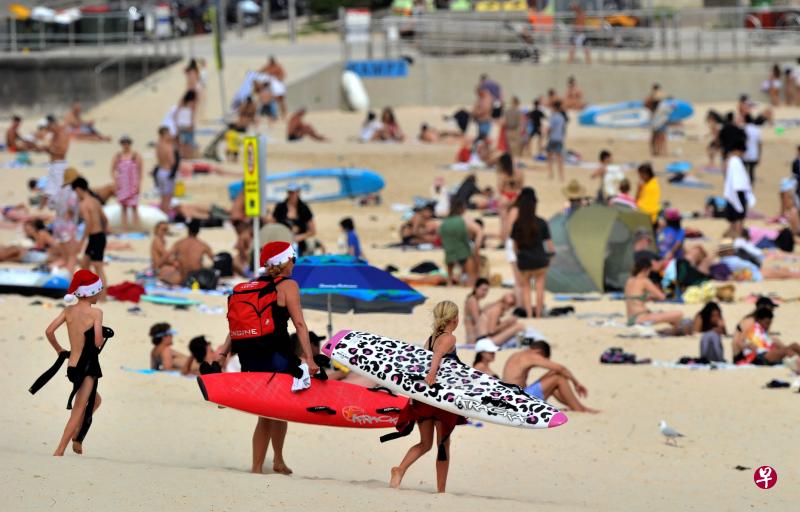
(Sydney Composite Electric) Australia added more than 10,000 new crown diseases yesterday, which is the first time since the epidemic outbreak of the epidemic. At the same time, Australia, AustraliaThere was also the first case of the death of Omikon.However, because the hospitalization rate of Australian crown diseases remains at a low level, the authorities are not prepared to restore the implementation of the blockade.
According to Reuters statistics, Australia added 10,000 and 186 crown disease confirmed cases on Monday, which is a new high in a single day.The largest population of New South Wales notified 6,324 newly increased, and the second largest state Victoria notified 1999.Other states also increased their cases after the restoration of domestic passengers in the summer tourist season. Among them, Queensland added 784 newly added yesterday, and 842 in South Australia.
The NSW is the earthquake of the Australian epidemic. Three cases of death were reported on Monday. Among them, the Omikon poison was infected together. It was the first time in Australia's Amita death.The 80 -year -old male deceased still has other health problems. Although he has completed two doses of coronary vaccine, he was still infected in the nursing hospital who was still staying in. Later, he died during treatment in a Sydney hospital.
The hospitalization and intensive cases of Xinzhou have also risen. As of Monday, 520 crown patients were hospitalized, including 55 patients with severe conditioning, of which 17 people needed to use ventilator.In contrast, 33 people were accepted by severe care on the 20th of this month, and 11 people needed ventilator.
The Minister of Health of NSW Harzad said on Sunday that all people in NSW may be infected with Omikon at some point, but he believes that the fatal severity of this new variety of strains seems toLow.
Although the epidemic rebounded again and the Australian authorities were not prepared to implement the blockade again, many states tightened epidemic prevention measures.NSW stipulates that the state people can wear masks in all non -residential indoor places. After scanning the QR code, they can enter public places and bars. The density of personnel in the restaurant is limited to one person per 2 square meters.




